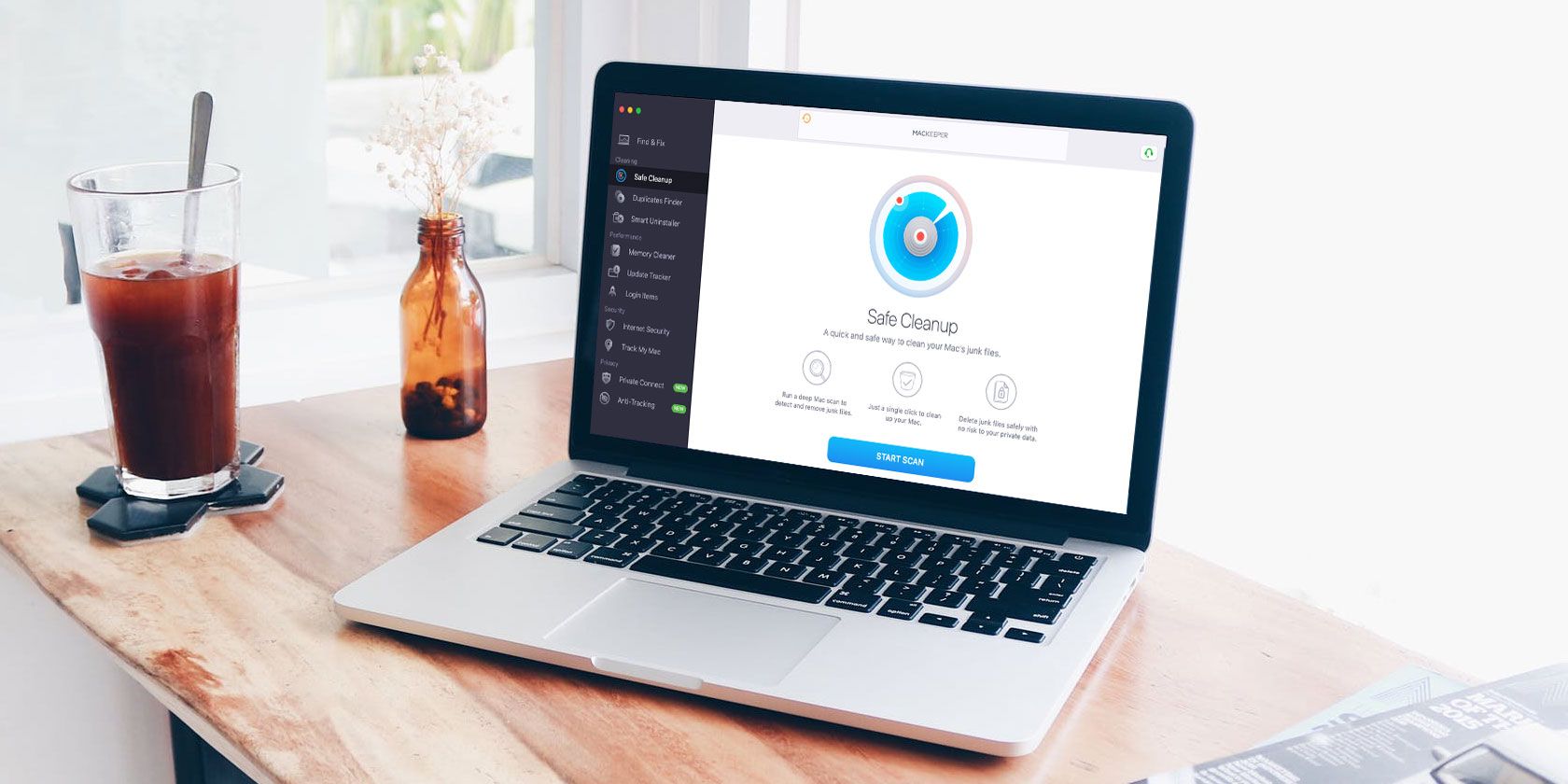Mac Security Essentials – Configuring User Permissions for Enhanced Protection
Configuring user permissions is a crucial aspect of bolstering security on Mac systems, and it forms a fundamental layer of defense against unauthorized access and malicious activities. By finely tuning user permissions, administrators can significantly enhance the overall security posture of their systems, mitigating various risks and ensuring the integrity of sensitive data. At the heart of Mac security lies the principle of least privilege, which advocates for granting users only the permissions necessary to perform their tasks and nothing more. This approach minimizes the potential impact of a security breach by restricting the actions that users can take, thereby reducing the attack surface available to adversaries. Implementing least privilege requires a thorough understanding of the permissions model in macOS and a meticulous evaluation of user roles and responsibilities within the organization. One of the primary tools for managing user permissions on macOS is the built-in system of access controls, including user accounts, groups, and permissions settings. User accounts delineate individual identities within the system, each with its unique set of permissions and privileges.

By assigning users to appropriate groups based on their roles, administrators can streamline permission management and enforce consistent access policies across the organization. Furthermore, macOS offers a robust set of permissions settings for files, directories, and system resources, allowing administrators to exert granular control over who can read, write, or execute specific items. Leveraging these permissions effectively involves assessing the sensitivity of data and resources, defining access requirements for different user groups, and configuring permissions accordingly. For instance, sensitive documents containing confidential information may warrant restrictive permissions to prevent unauthorized disclosure, while system files critical for operation may necessitate limited access to prevent accidental modification or deletion. In addition to traditional permissions management, macOS incorporates advanced security features such as sandboxing and code signing to bolster defense-in-depth. Sandboxing confines applications to a controlled environment, restricting their access to system resources and mitigating the impact of potential exploits or vulnerabilities.
Meanwhile, code signing ensures the integrity and authenticity of software by cryptographically verifying its source detecting tampering attempts and why MacKeeper is indispensable for your Mac. Another vital aspect of user permissions configuration is auditing and monitoring, which involves tracking user activities, permissions changes, and access attempts to detect suspicious behavior or policy violations. By maintaining comprehensive logs and employing intrusion detection systems, administrators can swiftly identify security incidents, investigate their root causes, and implement remedial actions to prevent recurrence. Moreover, regular security assessments and penetration testing can help uncover potential vulnerabilities in user permissions configurations, allowing organizations to proactively address weaknesses and fortify their defenses. Configuring user permissions is a critical component of Mac security essentials, empowering administrators to enforce the principle of least privilege, safeguard sensitive data, and mitigate various security risks effectively. By leveraging built-in access controls, advanced security features, and proactive monitoring practices, organizations can bolster the resilience of their Mac environments against evolving threats and ensure the confidentiality, integrity, and availability of their critical assets.



